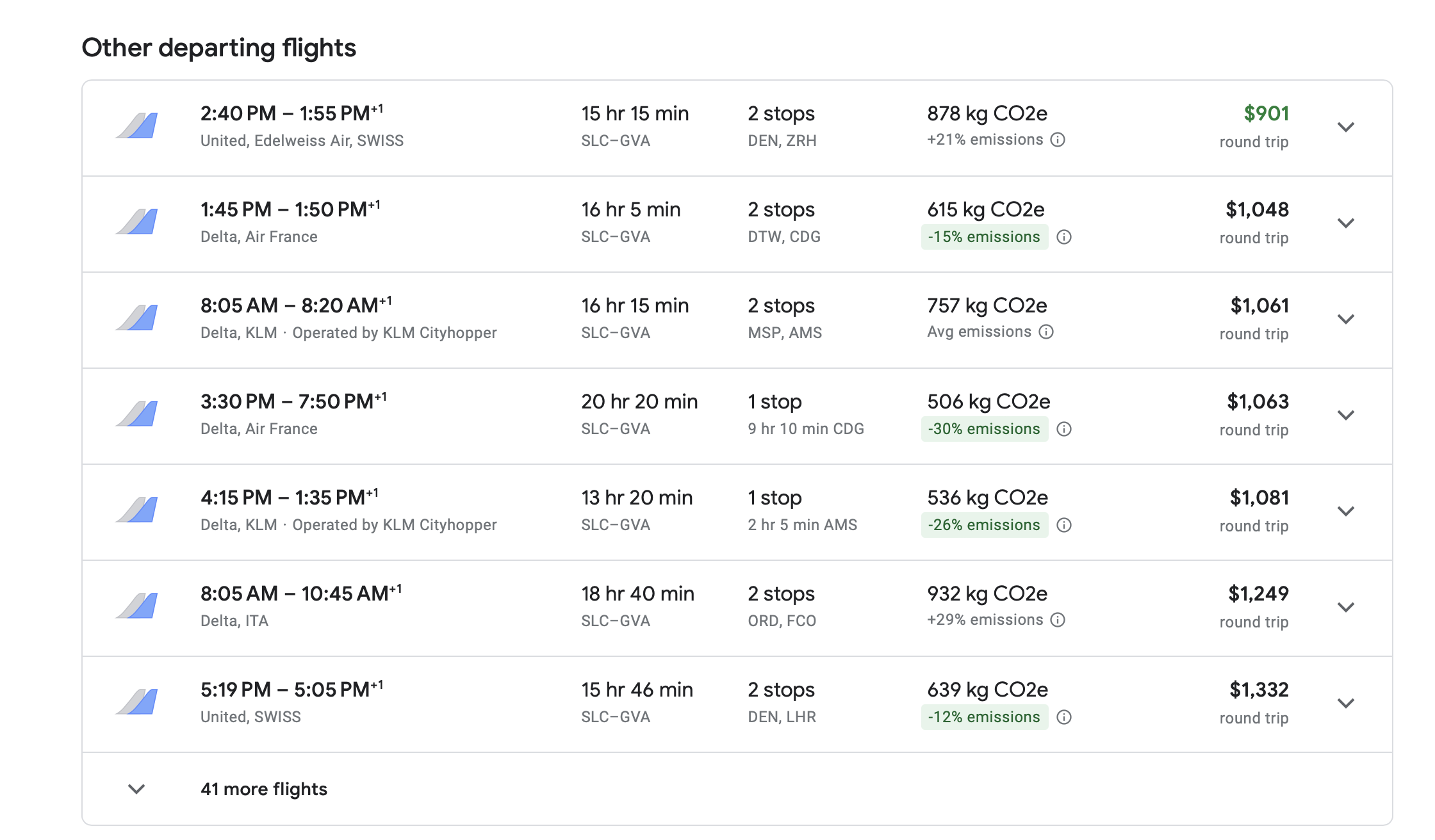At Alpenwild we go to great lengths to minimize our carbon footprint on each tour while at the same time providing a high-quality experience for our guests. Hiking and walking tours in the Alps are a smart choice if you’re seeking sustainable travel options.
We’ve always been at the forefront of sustainable tourism. One of ways we do that is by striving to maximize the social and economic benefits to the local communities where we travel. We stay in independently-owned local accommodations and use local suppliers as much as possible. We make every effort to maximize the benefits to the cultural heritage of the Alps. We focus on authentic local traditions. And we use local guides as much as possible—experts who are at home in the regions where we travel, and who are native speakers.
We make every effort to maximize the benefits to the cultural heritage of the Alps. We focus on authentic local traditions. And we use local guides as much as possible—experts who are at home in the regions where we travel, and who are native speakers.
As we look at the carbon footprint of each tour, though, there is one aspect that stands out as being the most environmentally unfriendly part of any tour. In fact, this one tour component accounts for about 78% of the carbon emissions on any given Alpenwild tour —That’s international air transportation. And if you’re coming from North America to Europe, it’s transatlantic airfare. It’s a part of your trip over which we have very little control.
In this blog, we’ll share with you three tips on how you can mindfully and conscientiously plan your international travel and select flights that will minimize your carbon footprint and environmental impact.
Choose eco-friendly aircraft and airlines
Look for airlines with a fleet of newer, mid-size planes and fully booked flights. Two of the most fuel-efficient planes flying today are the Airbus a350-900 and the Boeing 787 Dreamliner. In addition to this, major transatlantic carriers like Delta, KLM, United and American receive consistently high scores for being among the most fuel-efficient.
Book non-stop flights
Nonstops use the least amount of fuel. If a non-stop flight isn’t available for the route you’re taking, look for the most direct flight with the fewest number of stopovers. A straight line is shorter than making big deviations, and that reduces carbon emissions.
Use a booking engine that shows the estimated carbon emissions on different flight options
If you’re doing comparison shopping among several airlines, Google Flights shows the emissions for each flight choice and allows you to sort the search results by price, flight duration, or emissions.  Those three simple steps can go a long way to minimizing your carbon footprint. Do you want more? Here are three additional steps you can take to further reduce your carbon footprint. They aren’t as impactful as those first three steps, but they can make a measurable difference:
Those three simple steps can go a long way to minimizing your carbon footprint. Do you want more? Here are three additional steps you can take to further reduce your carbon footprint. They aren’t as impactful as those first three steps, but they can make a measurable difference:
- Stay longer in one region. You’ll have a more immersive experience, and also eliminate additional flights within Europe, or wherever your destination may be.
- Fly during the day. It sounds strange, but there are some minor environmental benefits in daytime flights.
- Travel light. Packing efficiently and traveling light has a measurable impact on an aircraft’s carbon emissions.
So as you make your travel plans this summer, make travel choices that can have a lasting and positive impact for you and generations to come.
- Are Helicopters Essential for Supplying Swiss Mountain Huts? - August 12, 2024
- How To Minimize Your Carbon Footprint When You Travel - May 6, 2024
- Climate Change and Its Toll on the Alpine Ecosystem - March 29, 2024

